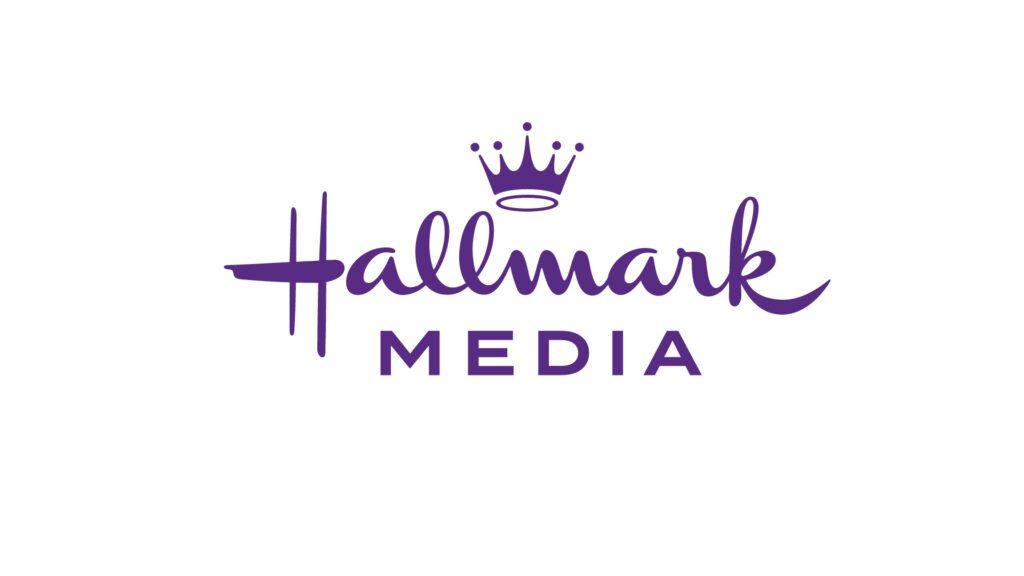Consumers can expect to see more logos and brands in their favorite TV shows and movies over the next few years. Global product placement is on the rise and there’s no sign of the marketing tactic slowing.
Spending on paid product placement worldwide on TV, film and other media (think video games and books) is projected to rise nearly 39% to $3.1 billion this year, according to the PQ Media Global Product Placement Forecast 2006 report. By 2010, that number is expected to soar to nearly $7.6 billion, the report states.
“Product placement has evolved from a novel tactic years ago to a key marketing strategy worldwide,” Patrick Quinn, president of PQ Media, the Stamford, CT-based research company that conducted the report. “As brand marketers scramble to effectively engage consumers with an emotional connection, which is so important…that trend is significant. There is a new media order emerging.”
PQ Media’s report, which covers 15 countries, including the U.S., breaks out paid product placement and non-paid, or barter arrangements in which marketers offer products or services in exchange for placement or mention on a show. The report, released yesterday, compiled research from its Global Opinion Leader Panel, which includes more than 50 of leading authorities in product placement; the firm’s proprietary SpendTrack database, PQ Media analysts and the iTVX Q-Ratio, a product placement valuation tool.
Last year, the U.S. dominated the product placement category with $1.5 billion in overall paid placement, up 48.7% from 2004. Of that amount, $941 million was paid TV placement (think Survivor or Treasure Hunters) and nearly $500 million was paid film placements. Overall product placement (including barter and nonpaid) reached nearly $4.5 billion in the U.S. last year, the report states.
Brazil and Australia followed the U.S. in paid placement spending with $285 million and $104 million, respectively. France and Japan rounded out the top five, spending $56.8 million and $53 million on paid product placement, respectively, the report states. The U.S. is projected to remain the product placement leader for the next five years, reaching nearly $5.5 billion in 2010, PQ Media said.
“Everyone is looking to the U.S. as the model,” Quinn said. “We are going to see more and better measurement. We will see more sophisticated placement woven into scenes and scripts in different types of media outside television and film.”
Spending on all placements (including paid and barter) will total nearly $7.5 billion in 2006, up 28% from $6 billion in 2005, the report found. By 2010, worldwide placement will reach nearly $14 billion, it states.
Europe may soon see a change to rules governing product placement. The European Union is expected to liberalize restrictions places on the tactic, which could fuel the amount of money marketers spend for paid placement, the report said.
More brand marketers are looking at product placement deals as a marketing tactic to try to “engage consumers where they live and view,” Quinn said. The surge in product placement spending is fueled by a fear of ad-skipping technology and doubts about the effectiveness of traditional advertising, he said.
Product placement methods vary by country and cultures, the report found. U.S. marketers and those abroad typically spend most of their product placement dollars on five categories: transportation and parts, apparel and accessories, food and beverage, travel and leisure and media and entertainment, the report found.
 Network
Network

